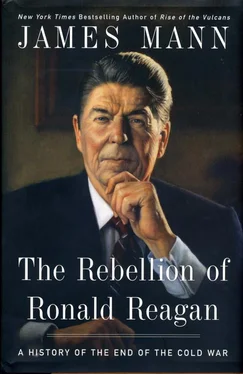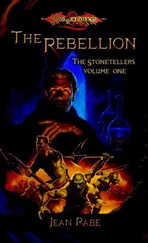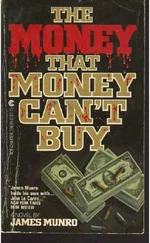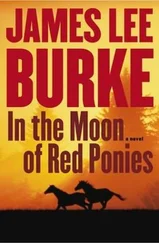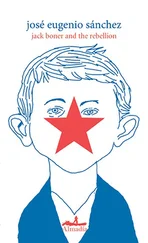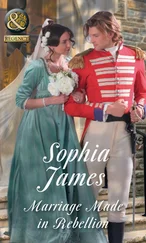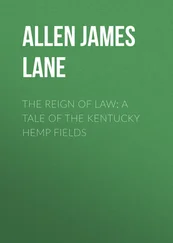Reagan and his advisers needed a public-relations strategy for the Gorbachev trip to deflect criticisms from the political right. They also realized that after the summit was over, they would have to win enough votes in the Senate to obtain ratification of the INF treaty, and this, too, became an essential part of the PR campaign.
In September 1987, Reagan’s political strategists set up a focus group to explore Americans’ attitudes toward a Washington summit with Gorbachev. They tried out various slogans and formulations: Should the theme be “first step for peace” or “moving towards the promise of peace” or “brightening the horizon for peace” or “first step in a new direction”? In an internal memo describing the focus group, Thomas Griscom, Reagan’s director of communications, concluded that in talking about the summit, the administration should emphasize the key words that had tested well with the public: “movement” and “peace.” 6
The advisers concluded that one of the president’s potential liabilities was the fear of Soviet conventional forces after a treaty was signed—precisely the issue that had been raised by critics, including Nixon and Kissinger. The solution was to have Reagan appear before an expanse of uniforms. Griscom explained in one memo that the president should “use the U.S. Military Academy as a backdrop to set the stage for the conventional weapons debate.” On October 28, Reagan spoke at West Point, invoking the memories of General Douglas MacArthur and telling an anecdote about a young soldier named Sean Luketina who had murmured to his father on his deathbed, “God, honor, country.” The president defended his Soviet policy and the impending treaty. “Now, some have argued that when the INF missiles have been removed, our commitment to Europe will have been weakened,” he said. “Yet this is simply untrue…. In Europe itself, we will retain a large force of many types, including ground-based systems and aircraft and submarines capable of delivering nuclear weapons.” 7
The Reagan White House also knew how to play rough with its right-wing critics. One White House adviser, Tom Korologos, urged in a late-November memo that “… the president put all those on notice who oppose his treaty that he will fight for it and against them. This isn’t a free ride. They have to pay a price for opposing the President.” 8
Reagan agreed. On December 3, the week before Gorbachev’s arrival in Washington, the president granted an Oval Office interview to the anchormen for the four leading television networks: Peter Jennings of ABC, Dan Rather of CBS, Tom Brokaw of NBC, and Bernard Shaw of CNN. In it, he took direct aim at the critics of the INF treaty and the summit. “I think that some of the people who are objecting the most and just refusing even to accede to the idea of ever getting any understanding [with the Soviet Union], whether they realize it or not, those people basically down in their deepest thoughts have accepted that war is inevitable, and that there must come to be a war between the two superpowers,” Reagan said. 9
Conservative Republicans rose to this bait. Instead of ignoring the president’s remarks, they reacted with outrage. Quayle took to the Senate floor the next day to say that he was “particularly appalled” by Reagan’s comments, which Quayle said were “totally irresponsible.” Thus, Reagan succeeded in cutting through the complexities of the treaty by portraying his opponents as warmongers and himself as a man of peace.
Most of the time, however, Reagan maintained public support not by being combative but by remaining genial and aloof, exhibiting the personality traits on which he had built his entire career. He knew how to defuse the continuing sensitivities of U.S.-Soviet relations by summoning forth a Hollywood analogy. When asked whether he was worried about being overshadowed by Gorbachev’s charisma and dynamism, Reagan replied, “I don’t resent his popularity or anything else. Good Lord, I co-starred with Errol Flynn once.” 10
It was Colin Powell’s job as the new national security adviser to brief Reagan on the issues that would be on the summit’s agenda. He realized that Gorbachev would know every nuance of the arms-control negotiations between the two countries, the ranges of various missiles, the history and conflicting interpretations of prior agreements. Reagan would not. “He hated the esoterica of arms control,” recalled Frank Carlucci, Powell’s predecessor. “He wasn’t interested in the details. When I sent him a memo, it came back with his initials. It never had any comment.” 11
In advance of Gorbachev’s arrival, Powell briefed Reagan on several occasions. He discovered that the president was thinking about what was to come, but not in the same way as his advisers. He was preoccupied with the ceremonial and personal aspects of the summit. From California friends, Reagan had obtained two sets of gold cuff links that showed men beating swords into plowshares, the traditional symbol of peace. He was planning to wear one pair and give the other to Gorbachev. “When do you think I ought to give him the cuff links?” Reagan asked his national security adviser. Powell tried to switch the conversation to what Gorbachev might say about Soviet SS-18 missiles, but Reagan talked about the cuff links again and again. 12The president left it to his aides, especially Shultz, to negotiate the remaining details of the treaty. Reagan’s subordinates and their Soviet counterparts were also working to draft a written statement that the two governments could issue after the summit.
It was Reagan’s job to set overall direction for the administration and to win support for the policies he wanted. In doing that, he relied upon the catchwords, phrases, and formulas he felt would work with ordinary Americans. When discussing the Soviet Union, Reagan returned again and again to the Russian slogan he had been given by Suzanne Massie. In his interview with television anchormen just before the summit, Reagan said, as though it were a new idea, “I think I could sum up my own position on this with the recitation of a very brief Russian proverb: Doveryai no proveryai. It means, ‘Trust, but verify.’” 13
But what did “verify” mean? Reagan relied upon aides like Shultz, Powell, and Carlucci to decide. In meetings with Soviet officials shortly before the summit, the secretary of state worked out an elaborate system of cross-inspections by U.S. and Soviet officials of sites and weaponry to make sure that intermediate-range missiles would in fact be destroyed.
The bickering lasted until the eve of the summit. American officials delivered to their Soviet counterparts a photograph of a Pershing missile, the weapon that had been deployed in Europe and was to be destroyed under the agreement. Soviet officials were supposed to present their American hosts with a photograph of their counterpart, the SS-20 missile, but instead brought a picture of the missile inside a canister. Shultz said the United States would not sign the treaty if the Soviets were going to violate its terms before it was signed. Finally, Marshal Sergei Akhromeyev, the Soviet chief of general staff, who was in Gorbachev’s delegation, asked aides in Moscow to send a picture of the missile by fax, and Soviet officials delivered it to the Americans the next morning and promised to turn over a real photograph soon. The last presummit business was cleared away. 14
-6-
GORBACHEV IN WASHINGTON
Gorbachev arrived at the White House on the morning of December 8, 1987, for the beginning of three days of talks. By this time, after the summits in Geneva and Reykjavik, he and Reagan were accustomed to each other’s idiosyncrasies. Gorbachev knew that Reagan would tell anti-Soviet jokes and repeat the same old arguments. Reagan knew that Gorbachev would defend the Soviet system by saying the United States had problems too.
Читать дальше
